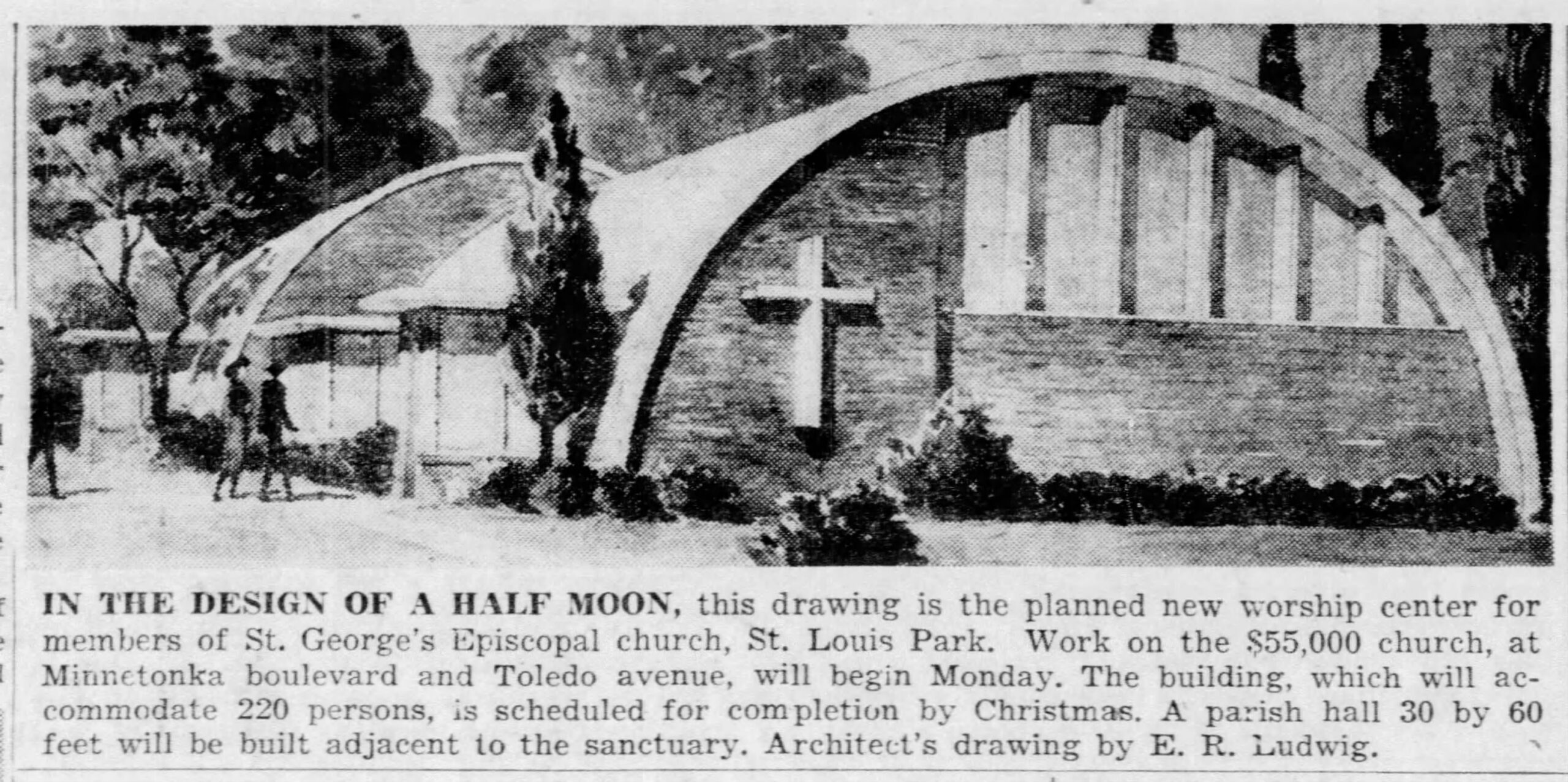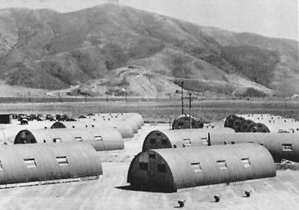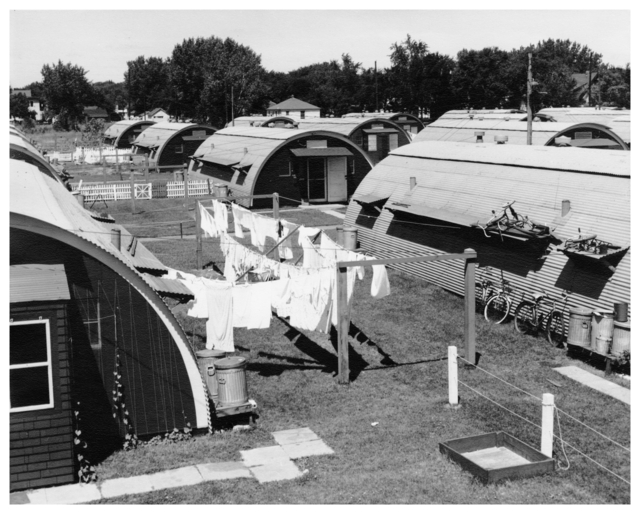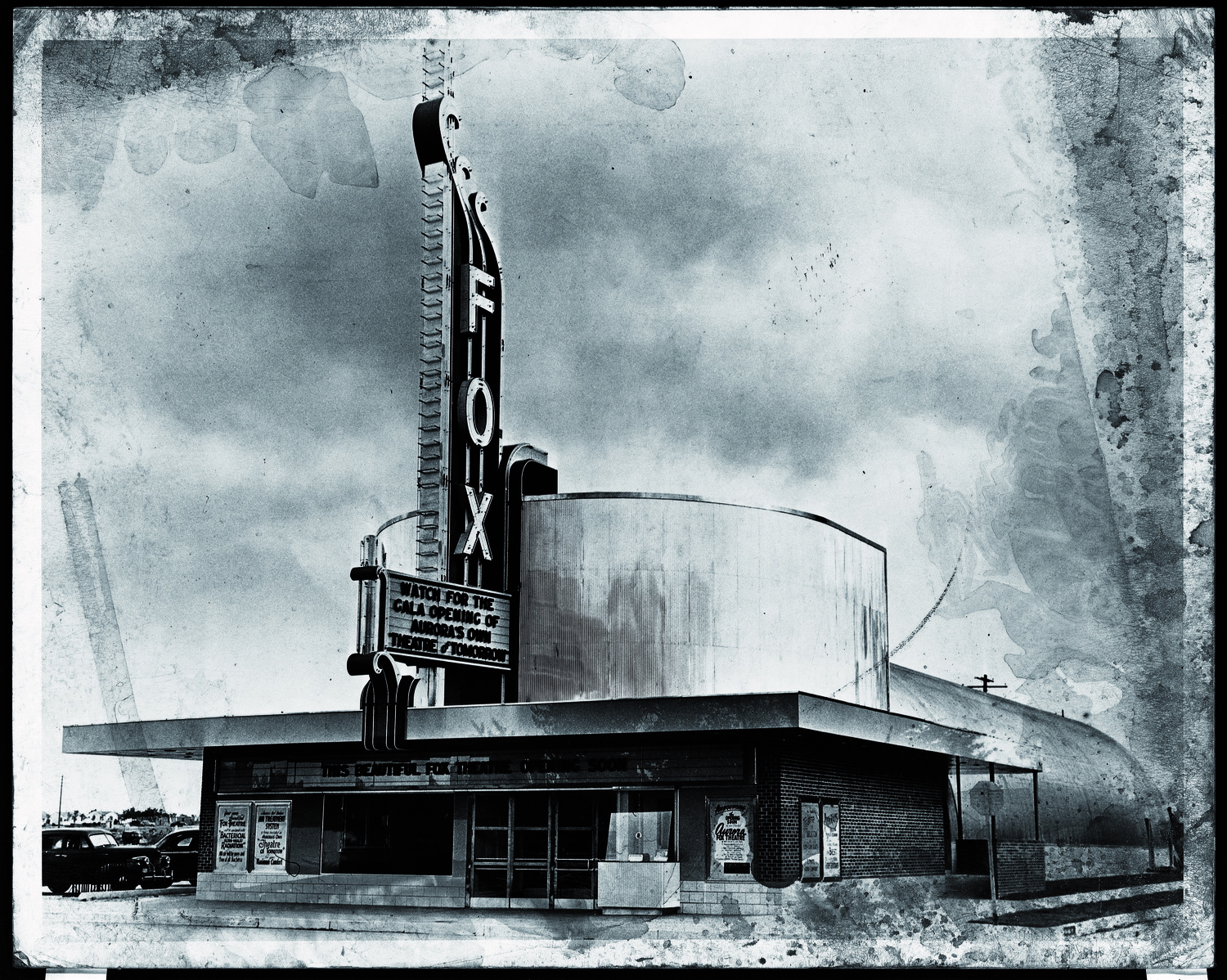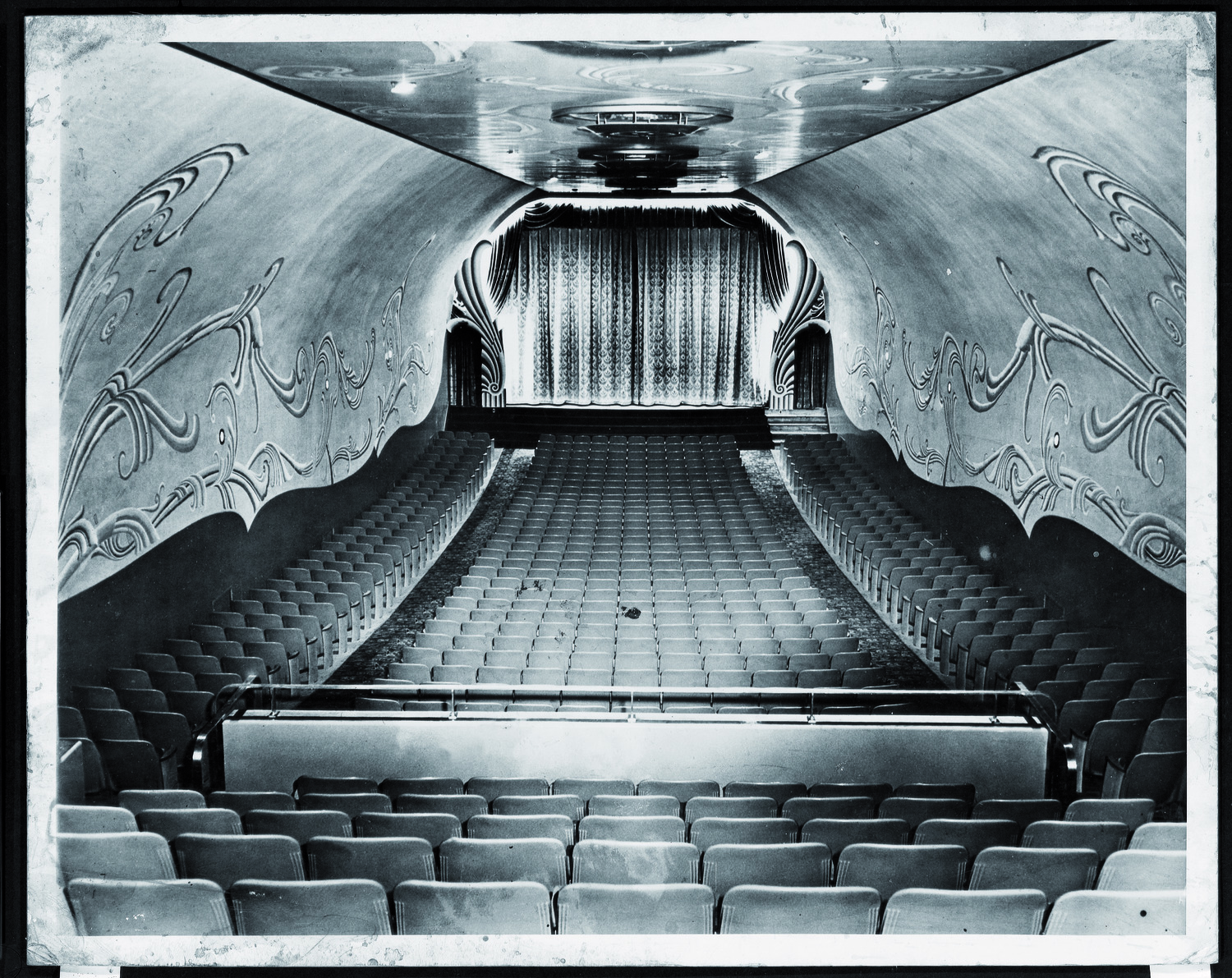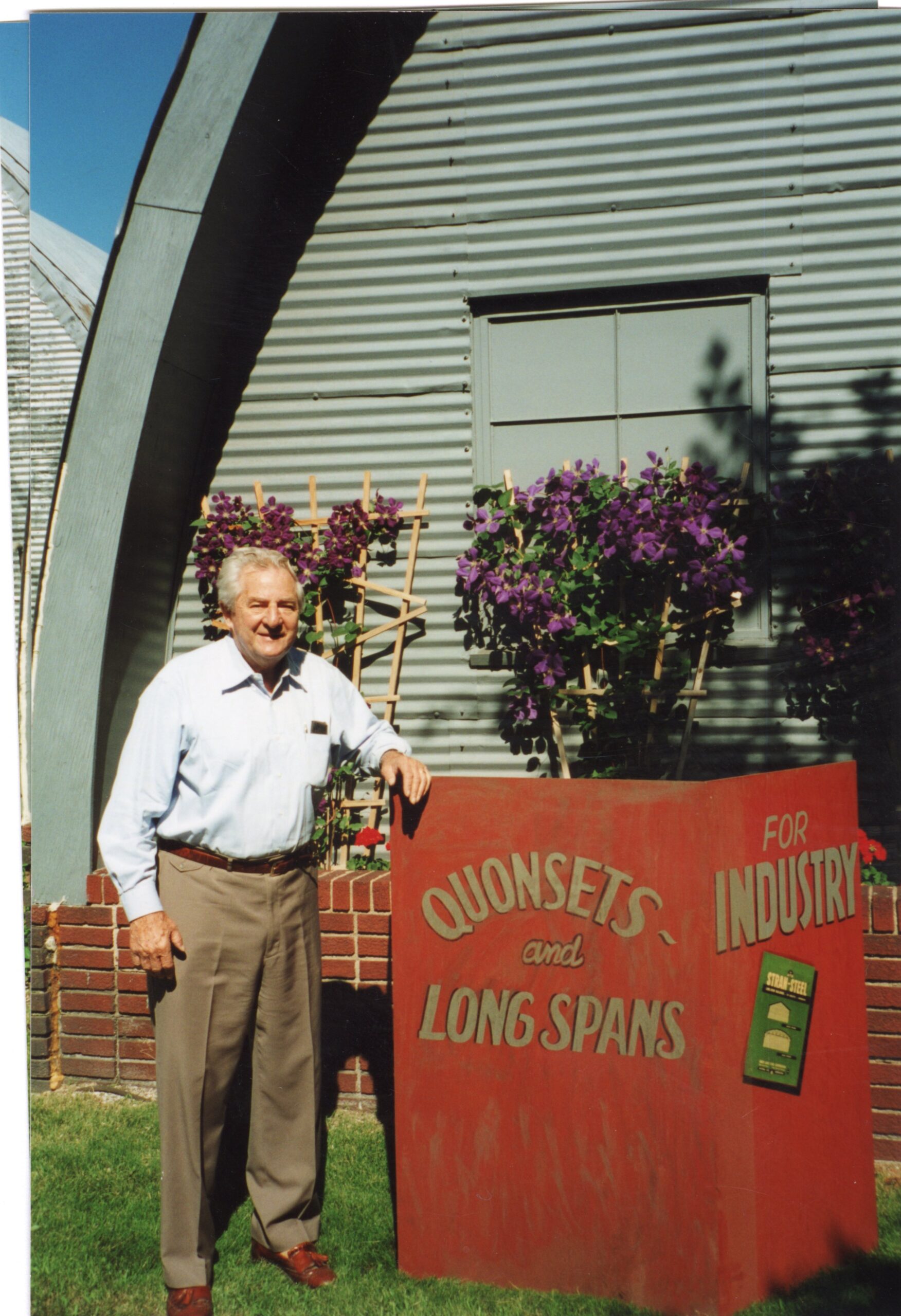September Friday History: Quonset Huts
In 1947 parishioners of St. George’s Episcopal church accepted a proposal by architect E.R. Ludwig. The new (formed in 1945) congregation was getting its own church building. Dripping with stone and reminiscent of English country life, this initial plan couldn’t be further from the St. George’s we see today.
Ludwig’s initial proposal brought with it an estimated cost of 150,000 dollars. Newspapers were taking note of the congregation’s fundraising efforts, but they were noteworthy more for the inspired variety of campaigns than for the amounts raised. In 1948 the congregation of St. George accepted a radically different proposal for its new church that would, amazingly, only cost 55,000 dollars to build. The eye-popping difference in price stems from a value that Kraus-Anderson was offering to clients at this time: prefabrication. By way of Steel Structures Inc, KA was a major supplier of Quonset huts for a post WWII US that was desperate for built space.
The Quonset Hut
Named for Quonset Point, a naval base in Rhode Island where they were first produced, Quonset huts were developed by the US Navy on the cusp of WWII as handy structures that could be quickly and easily assembled anywhere in the world. When WWII ended, and the question of turning wartime production into peacetime products was foremost, the Quonset hut was a gift: A wartime product that fulfilled an immediate consumer need. Rationing and other war-related phenomenon created a major bottle neck in the US construction industry, so the Quonset, still to this day a great solution for urgent and functional building needs, was stretched to its practical and aesthetic limits in the late 1940s.
Irv Dahlstrom
Irv Dahlstrom, longtime ally and employee of Kraus-Anderson, can best tell the story in his own words:
“National Steel was the manufacturer of Stran-Steel. They were out of Detroit. Steel Structures Inc. was a sales outlet for them. We covered Minnesota and the Dakotas. The Quonsets came prefabbed and had a nailable steel framing which was very innovative at the time. You could put one up in less than a week. We’d put ‘em up ten at a time.
“We did outdoor theaters in Rochester and Ready-Mix plant enclosures. We did jobs at Great Lakes Dock & Storage in Superior, Wisconsin; St. James Mining in Aurora, Minnesota, an open-pit mine; and a poultry-processing plant in New Richmond, Wisconsin. I designed St. George’s Episcopal Church in St. Louis Park.”
So, if you see an old Quonset hut in Minnesota or the Dakotas, Kraus-Anderson probably had something to do with it.
CATEGORY: Construction
